Children sometimes experience weakness due to various reasons—poor nutrition, low immunity, stress, or underlying health conditions. While a balanced diet and regular exercise are crucial, acupressure is an effective, natural way to boost energy levels and improve overall well-being. This ancient healing technique involves applying gentle pressure to specific points on the body to stimulate circulation, restore energy flow, and enhance overall strength.
How Acupressure Helps Kids with Weakness
Acupressure works by stimulating key energy pathways in the body, known as meridians. When these energy channels are blocked, children may experience fatigue, digestive issues, or low immunity. By applying gentle pressure to specific acupressure points, parents can help:
• Boost energy levels
• Strengthen the immune system
• Improve digestion and nutrient absorption
• Enhance blood circulation
• Reduce stress and anxiety
Top Acupressure Points for Kids with Weakness
1. Zu San Li (ST36) – The Energy Booster
• Location: Four finger-widths below the kneecap, on the outer side of the shin.
• Benefits: Boosts energy, improves digestion, and strengthens immunity.
• How to Apply: Use your thumb to gently press and massage the point for 30–60 seconds on each leg.
2. Bai Hui (GV20) – The Vitality Point
• Location: The top of the head, in the center where a line drawn from ear to ear crosses the midline.
• Benefits: Enhances mental clarity, reduces fatigue, and improves focus.
• How to Apply: Gently press and massage with circular motions for 1 minute.
3. Yong Quan (KI1) – The Grounding Point
• Location: On the sole of the foot, in the depression just below the ball of the foot.
• Benefits: Improves circulation, revitalizes energy, and reduces stress.
• How to Apply: Apply gentle pressure with your thumb in circular motions for 30 seconds on each foot.
4. Hegu (LI4) – The Strengthening Point
• Location: Between the thumb and index finger, in the soft, fleshy area.
• Benefits: Boosts immunity, relieves fatigue, and enhances overall well-being.
• How to Apply: Press and massage for 30 seconds on each hand.
5. Shen Men (HT7) – The Calming Point
• Location: On the inner wrist, in the groove just below the pinky finger.
• Benefits: Reduces stress, improves sleep, and restores energy levels.
• How to Apply: Apply gentle pressure for 30 seconds on each wrist before bedtime.
How to Perform Acupressure on Kids Safely
1. Ensure Comfort: Choose a quiet, relaxed environment where your child feels at ease.
2. Use Gentle Pressure: Children’s bodies are sensitive—apply mild, steady pressure without causing discomfort.
3. Keep Sessions Short: Limit acupressure to 5–10 minutes to avoid overstimulation.
4. Make It a Routine: Daily or alternate-day sessions can yield better results over time.
5. Observe Your Child’s Response: If they feel discomfort or resistance, stop and try another time.
When to See a Doctor
Acupressure is a supportive therapy, but persistent weakness in children may indicate an underlying medical condition. Consult a pediatrician if your child experiences:
• Unexplained fatigue lasting more than two weeks
• Frequent infections or poor immunity
• Dizziness, pale skin, or difficulty concentrating
• Lack of appetite or digestive problems
A doctor can rule out nutritional deficiencies, anemia, or other health issues that may require medical attention. Concerned about your child's nutrition, check out our guide /health-nutrition/the-role-of-probiotics-in-pediatric-oral-health-a-parents-guide
Conclusion
Acupressure is a simple, safe, and effective way to support your child’s energy levels and overall health. By incorporating gentle acupressure into their daily routine, parents can help improve circulation, digestion, and immune function naturally. However, if your child’s weakness persists, always seek medical advice to address underlying concerns.
References
1. National Center for Complementary and Integrative Health. “Acupressure and Its Benefits.” www.nccih.nih.gov
2. Mayo Clinic. “Holistic Approaches to Child Wellness.” www.mayoclinic.org
3. World Health Organization (WHO). “Traditional Medicine: Acupressure.” www.who.int
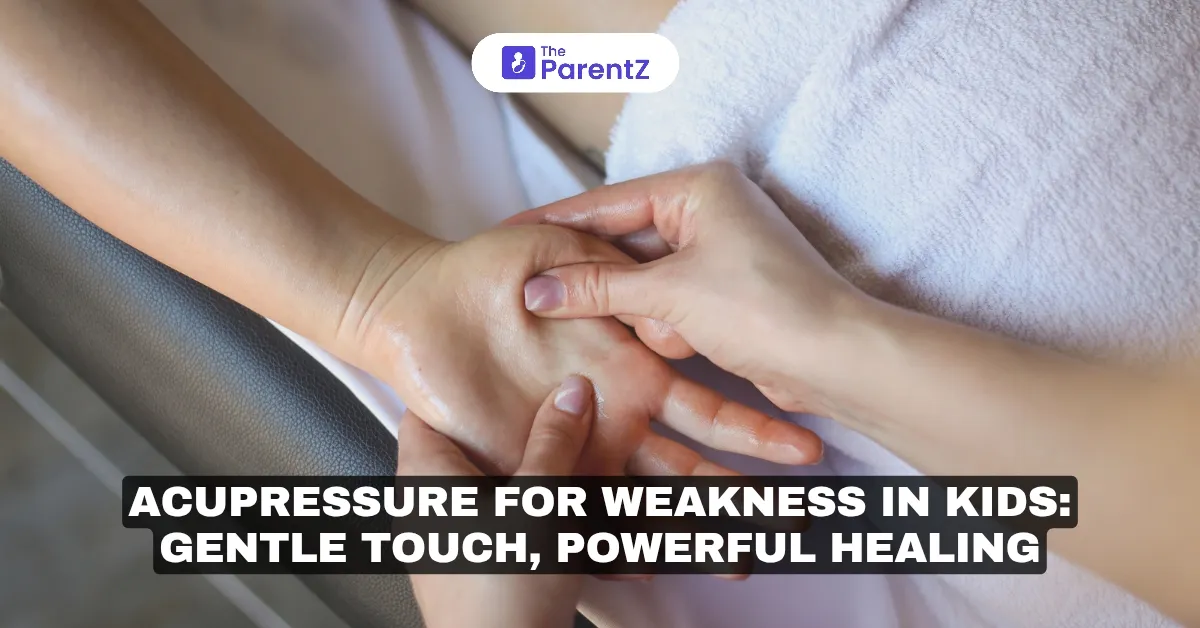

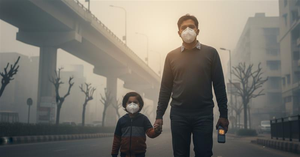
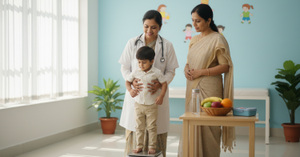
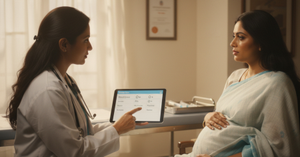


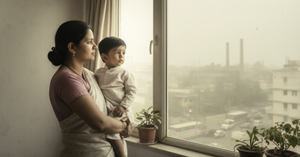
Be the first one to comment on this story.